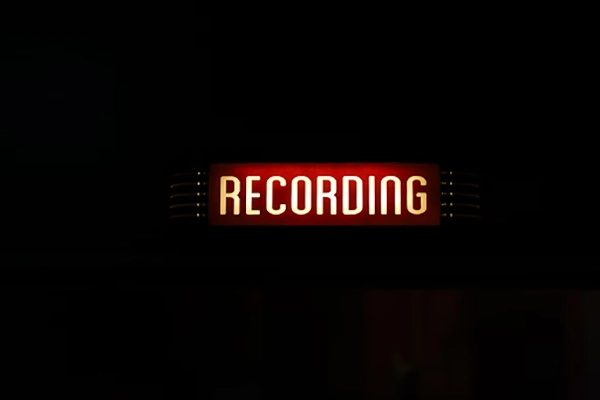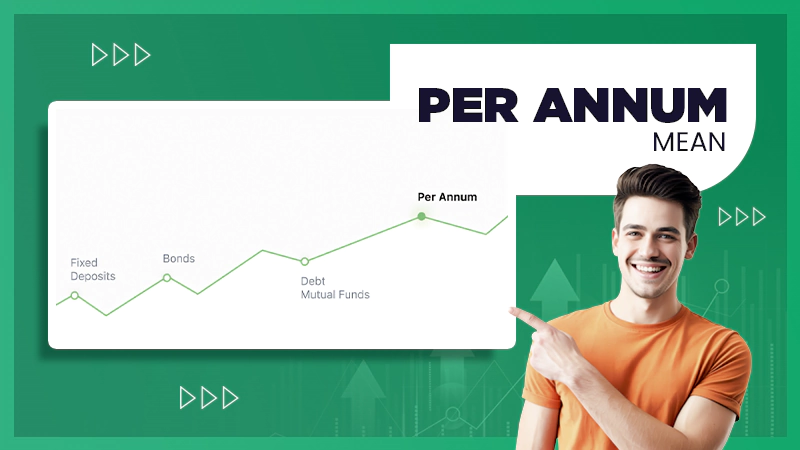Launching and growing a YouTube channel is not only about creativity and consistent uploads—it’s also about managing resources effectively. Whether you are running the channel as a side hustle or a full-scale business, budgeting plays a vital role in ensuring sustainability. By building forecasts, preparing for different financial scenarios, and tracking key performance metrics, creators can make better decisions about content strategy, ad spending, and long-term goals.

We will explore how strategic budgeting supports YouTube success, beginning with the importance of expert guidance and then moving into the financial mechanics that keep a channel thriving.
The Importance Of Finding A Youtube Consultant
For creators new to the platform—or even seasoned ones trying to scale—the guidance of a YouTube consultant can make a measurable difference. Consultants bring data-driven insight into what works, what fails, and where investments should be focused. Rather than experimenting blindly with thumbnails, ad campaigns, or content formats, creators can leverage professional advice to optimize their approach.
A YouTube consultant typically helps in three major areas: content strategy, monetization planning, and audience growth. For example, they may analyze your existing analytics to forecast realistic revenue expectations or model different growth scenarios based on upload frequency and ad spend. They can also identify overlooked metrics, such as watch-time per impression or conversion rates from end-screen CTAs, which often signal monetization opportunities. This professional input provides a foundation for channel budgeting, helping creators decide how much to allocate to editing software, paid promotions, or collaborations without overspending. In short, the role of a consultant is to align financial discipline with creative ambition.
Forecasting Revenue Streams For Youtube Channels
Once the strategic foundation is set, forecasting becomes the next step. YouTube revenue is rarely linear; fluctuations in CPM (cost per thousand views), seasonal advertising demand, and algorithm shifts can cause unpredictable income changes. A robust forecast accounts for these variables by using historical data and industry benchmarks.
For instance, creators can track average CPM rates in their niche—tech channels may earn $4 to $6 CPM, while finance channels often see $10 to $15 CPM. By multiplying estimated views per month by CPM, a baseline revenue forecast emerges. Adding other streams such as sponsorships, merchandise, and memberships creates a more accurate financial picture. With forecasting, creators can anticipate revenue dips, plan savings for low-earning months, and reinvest surplus funds during peak seasons.

Scenario Planning: Best, Expected, And Worst Cases
No budget is complete without scenario planning. This technique involves mapping out best-case, expected, and worst-case financial outcomes. For YouTubers, best-case scenarios might include a viral video that triples monthly income, while worst-case scenarios might involve demonetization or a significant drop in ad revenue due to policy changes.
By simulating these possibilities, creators prepare themselves mentally and financially. A buffer fund set aside during high-earning months ensures survival during low-income periods.
Similarly, creators may diversify revenue streams in preparation for worst-case scenarios, reducing reliance on ads alone. This proactive approach transforms uncertainty into manageable risk, allowing a channel to grow steadily rather than being derailed by external shocks.
Tracking Metrics That Matter
A common mistake among creators is focusing solely on subscriber counts or raw views. While these are useful for brand deals, they don’t always reflect revenue potential. Key budgeting metrics include CPM, RPM (revenue per minute), CTR (click-through rate), and average watch time.
For example, a channel with fewer views but high watch-time retention may generate more ad revenue than a channel with millions of shallow clicks. Similarly, tracking RPM rather than CPM reveals the true earnings after YouTube’s share and helps creators understand profitability per thousand views. By consistently monitoring these metrics, creators can identify where to allocate resources—whether that means investing in better editing tools to improve watch retention or running A/B tests on thumbnails to raise CTR.
Building A Sustainable Budget For Growth
Ultimately, the goal of budgeting is sustainability. A well-structured YouTube budget should account not only for recurring costs like editing software, camera gear depreciation, and internet expenses but also for growth investments. These might include sponsored ad placements, collaborations with other creators, or hiring part-time editors to free up creative time.
Allocating percentages of revenue to each category ensures balance. For instance, some successful creators follow a 50/30/20 model: 50% reinvested into production and marketing, 30% saved as a buffer against revenue dips, and 20% reserved as personal income. By following such frameworks, YouTubers can professionalize their operations, treating their channel less like a hobby and more like a sustainable digital enterprise.
Leveraging Tools And Software For Budget Accuracy
While strategy and planning provide direction, the right tools ensure precision. YouTube creators today have access to a wide range of financial and analytics software that can simplify budgeting. Tools like QuickBooks or Wave can track income and expenses, while creator-focused platforms such as Social Blade or TubeBuddy help predict channel growth and revenue potential.
Integrating these tools creates a comprehensive view of financial health. For example, syncing YouTube analytics with accounting software allows creators to see the direct impact of a spike in ad revenue on their monthly budget. Similarly, scenario modeling becomes more reliable when supported by real-time analytics rather than guesswork.
By using technology to track every dollar earned and spent, creators reduce errors, streamline tax reporting, and gain confidence in their financial decisions.

Endnote
Budgeting a YouTube channel is more than just balancing income and expenses—it’s about building foresight, resilience, and growth strategies. With the expertise of a YouTube consultant, creators gain data-driven clarity on where to focus resources. Through forecasting, scenario planning, and metric tracking, they transform unpredictable income into structured financial planning.
And by adhering to sustainable budgeting frameworks, YouTubers ensure long-term stability while leaving room for creative risk-taking. In an industry where virality can change everything overnight, disciplined budgeting is the key that makes those breakthroughs more than just fleeting moments—it makes them stepping stones to lasting success.







